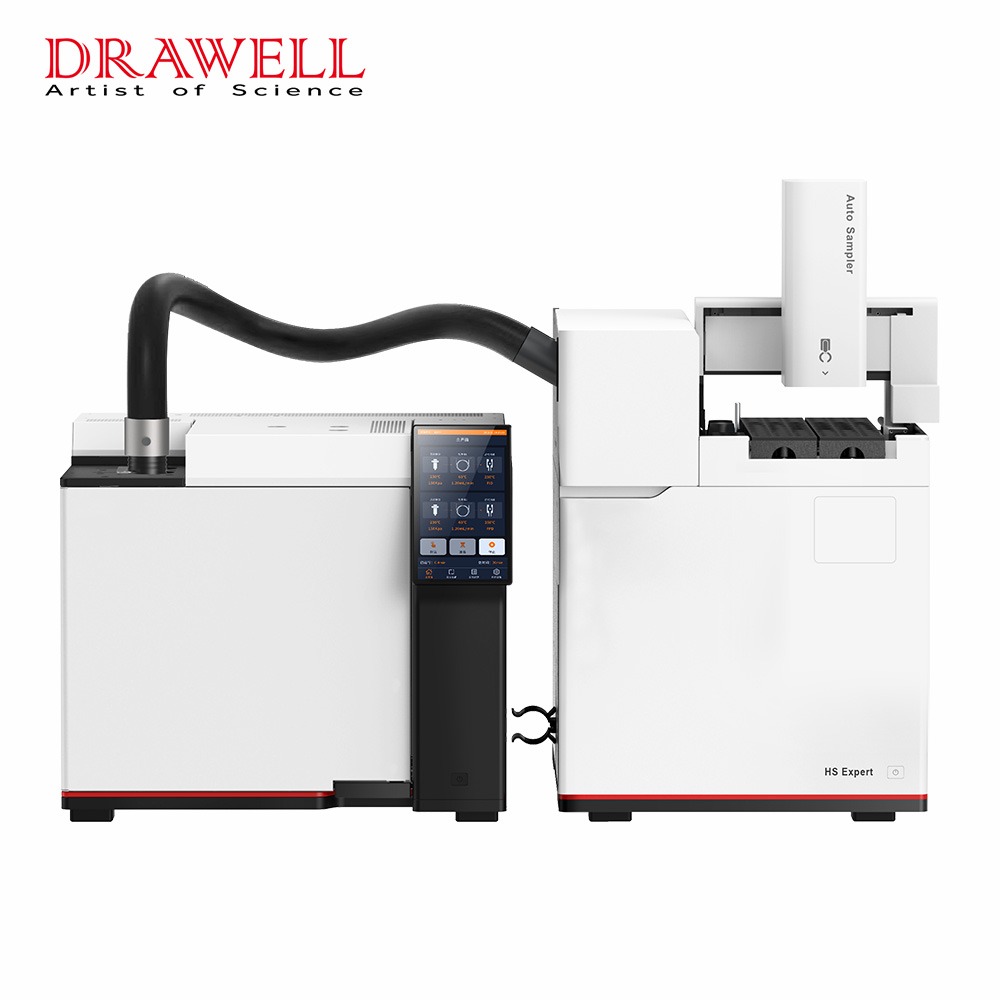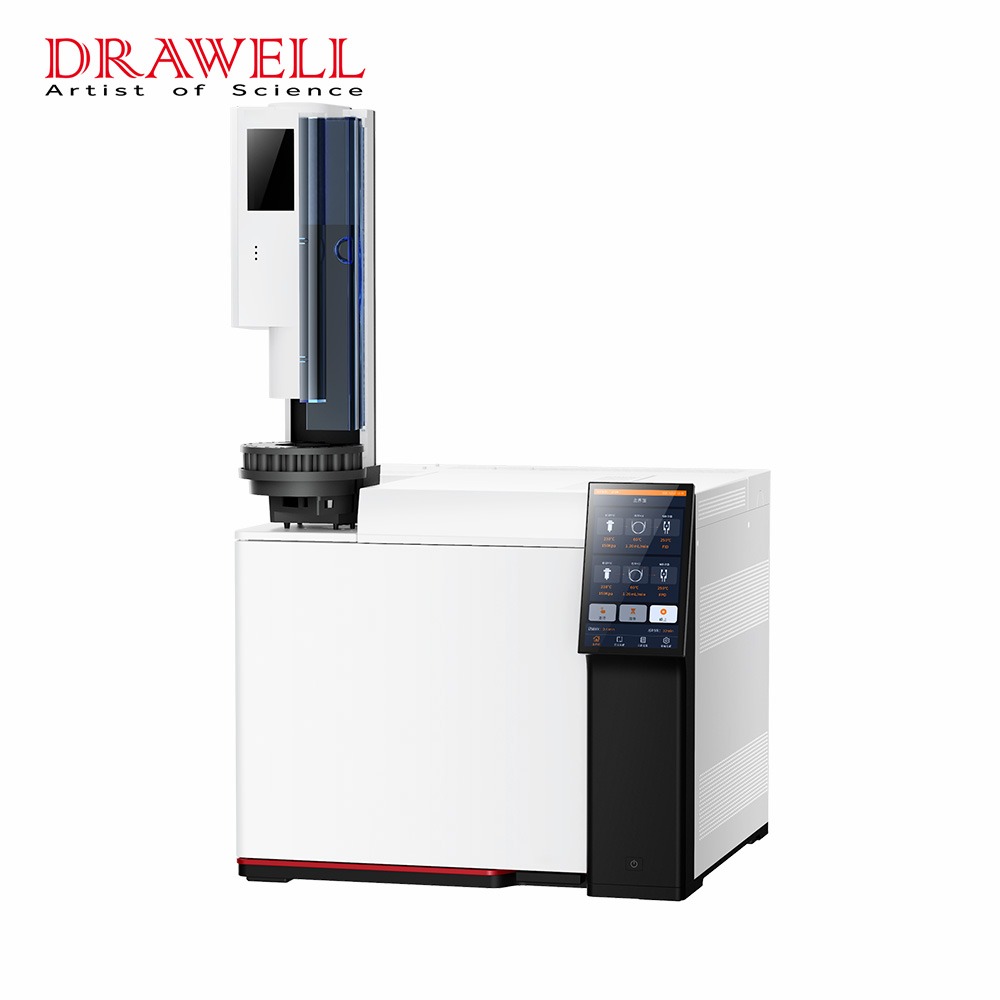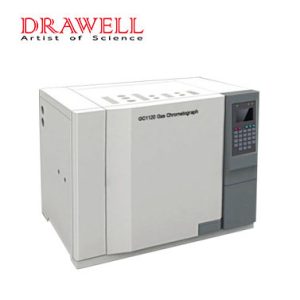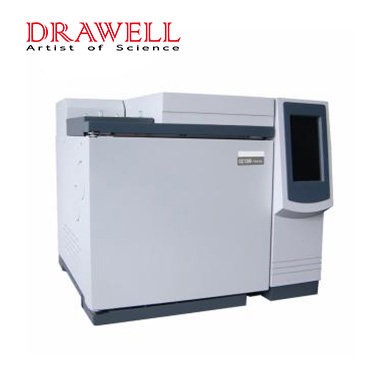Gas chromatography (GC) is a versatile analytical technique used for separating and analyzing volatile compounds in complex mixtures. By leveraging the principles of partitioning between a mobile gas phase and a stationary phase, GC enables the precise separation and identification of individual components. This article explores the different types of gas chromatography and provides insights into how to use gas chromatography effectively.
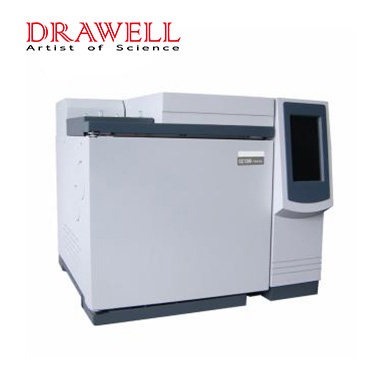
There Are 4 Main types of Gas Chromatography as Follows:
Packed Column Gas Chromatography
Packed column GC employs a stationary phase packed inside a coiled tube. The packed material, typically diatomaceous earth or porous polymers, facilitates interactions with sample components. Packed columns are advantageous for their high capacity and compatibility with a wide range of samples. However, they may suffer from reduced resolution and longer analysis times compared to other GC techniques.
Capillary Column Gas Chromatography
Capillary column GC employs a thin, fused-silica capillary coated with a stationary phase. Capillary columns offer higher separation efficiency due to their larger surface area and lower sample capacity. They are available in different phases, including non-polar, polar, and specialty phases, enabling tailored separations for specific analytes. Capillary column GC provides enhanced resolution and faster analysis, making it a preferred choice for many applications.
ITwo-dimensional Gas Chromatography (GCxGC)
GCxGC combines two columns with different selectivities, enabling a higher level of separation power compared to one-dimensional GC. The sample is sequentially injected into the primary and secondary columns, resulting in improved peak capacity and enhanced identification capabilities. GCxGC is particularly useful for complex sample matrices where traditional GC techniques may face challenges. It finds applications in environmental analysis, flavor and fragrance profiling, and petrochemical analysis.
High-Resolution Gas Chromatography (HRGC)
HRGC employs specialized columns and instrumentation to achieve exceptional separation resolution. It focuses on reducing peak widths and enhancing the ability to resolve closely eluting compounds. HRGC is particularly valuable in fields such as forensics and environmental analysis, where accurate identification and quantification of target compounds are critical.
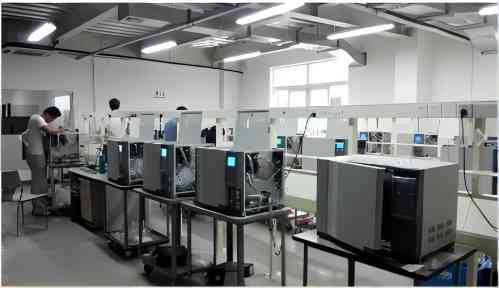
How to Use Different Gas Chromatography Techniques?
- Sample Preparation: Proper sample preparation techniques, including extraction and purification, play a vital role in gas chromatography. Different sample matrices require specific approaches to ensure optimal separation and reliable results.
- Column Selection: Choosing the appropriate column type is crucial. Packed columns are suitable for higher sample capacity and general-purpose applications, while capillary columns offer higher resolution and faster analysis times. Consideration should also be given to the stationary phase, tailored to the specific separation requirements.
- Method Development: Optimizing separation conditions, such as temperature programming and carrier gas flow rate, is essential for achieving desired results. Calibration and validation of the method are crucial to ensure accuracy and reproducibility.
- Instrument Setup and Operation: Proper injection techniques, such as split, splitless, or on-column, should be selected based on the sample and the desired analysis goals. Selecting the appropriate carrier gas and flow rate is vital for efficient sample transport through the column. Temperature programming and oven setup optimize the separation process, while detector selection depends on the compounds of interest and the required sensitivity.
- Data Analysis and Interpretation: Chromatogram interpretation, peak identification, and quantification are essential steps in gas chromatography analysis. Understanding peak shapes, retention times, and the relationship between peak area and compound concentration is crucial for accurate data interpretation.
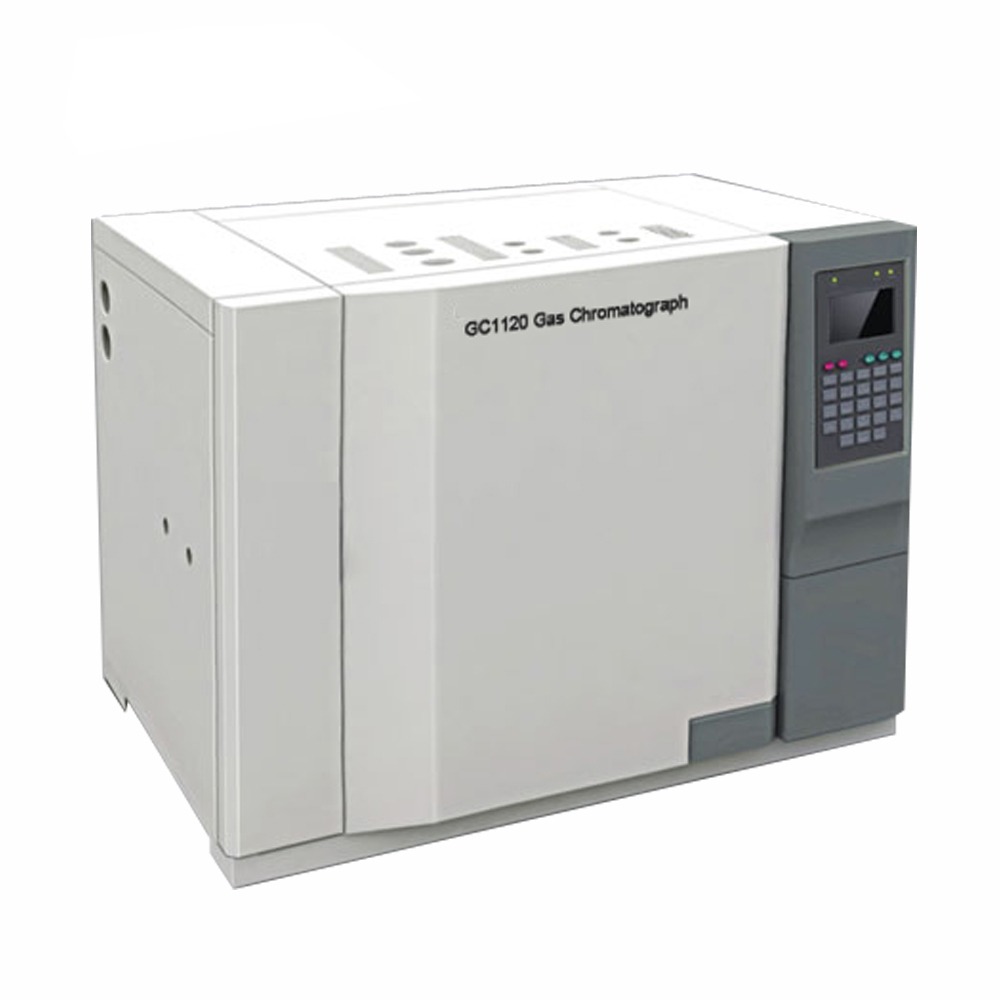
Conclusion
In conclusion, gas chromatography is a versatile and indispensable analytical tool in various industries. The choice of gas chromatography technique depends on the specific needs of the analysis, with packed column GC, capillary column GC, GCxGC, and HRGC offering distinct advantages for different applications. By understanding and effectively utilizing these techniques, researchers and analysts can unlock valuable insights into complex mixtures and achieve precise separations and identification of volatile compounds. Gas chromatography continues to evolve, providing powerful solutions for analytical challenges and driving advancements in scientific research and industrial quality control.

